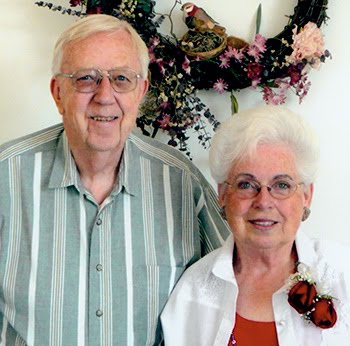A quick Google search reveals many famous
lasts—last call, last words, last meal. And, if you play games of trivia, you might
encounter questions like, what was the last state to join the union? Hawaii. Or,
what is the last Greek letter? Omega. Or even, what was the last act to perform
at Woodstock? Jimi Hendrix.
We are not on any list of famous lasts, but one might ask, what was the last room to be finish? The answer would be the office
bathroom. This sequence of completion was due to the fact that,
during the interior plaster phase, we needed a bathroom with hot water, a
toilet and a sink while we worked on the rest of the house. Even after we
received a certificate of occupancy, that little bathroom was a functioning bathroom in every way, unless one counted the one bare straw and three lath walls. So, last July, we took our last straw bale house step by removing the fixtures and
plastering the walls.
After applying the first two coats, we visited family for a week and then returned to continue work. Since a new plaster layer will not adhere to a dry surface, Scott used our garden sprayer to moisten the walls with water.
The plaster went on beautifully despite the restricted work space. Scott said he felt like had practiced enough on the rest of the house that he now knew how to do it.
Scott used Ultramarine Blue oxide pigment from The Earth Pigments Company in Cortaro, Arizona, to make the paint.
After six years of construction, we had lots of left over materials which we used in this project, plus a few things we bought specifically for it. The mirror was purchased four years earlier from a little antique shop in Scipio, Utah.
The sink (notice the hot and cold handles) came from Habitat for Humanity's ReStore in Salt Lake. It cost a grand total of ten dollars.
The backsplash is left-over bamboo matting used earlier for the ceiling in the kitchen and sun room. The counter top is a piece of cement form used in the foundation of the house. The cement contractor didn't have any forms in the size necessary for our straw bale foundation, so we ended up with a huge stack of cement covered 5/8" plywood. We've used it for a number of things. This particular piece, after foundation work, sat under a pile of straw bales for three years. We just sanded it smooth, stained it with gel coat and applied 6 coats of Varathane.
We salvaged the cabinet door from a load of things our neighbor was sending to the dump. The cabinet itself is made from oak plywood left over from the bookcase we built in the living room.
The rest of the room is a typical bathroom, no need for details, but at last we can say we are done with the house. Now it's on to other projects, some of which involve more plaster and more straw!





























No comments:
Post a Comment